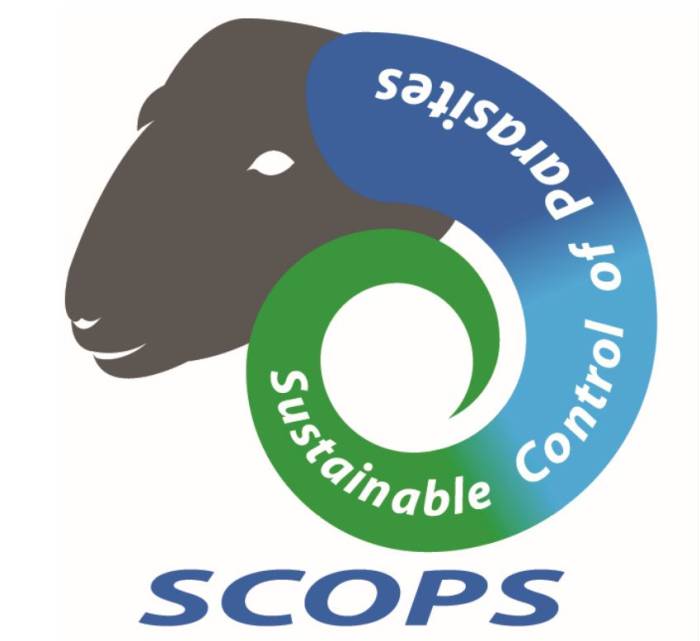10th June 2025
|
SCOPS (Sustainable Control of Parasites in Sheep) is encouraging farmers and the wider sheep industry to stay alert and informed as Haemonchus contortus - commonly known as Barber’s Pole worm - gains more attention across the UK. While recent reports and testing suggest increased interest and possible cases of haemonchosis (disease associated with Haemonchus infections) appearing further north across the country, the reasons aren’t fully understood yet. Climate change with warmer winter temperatures may allow the parasite to survive on pasture and drier, warmer springs create ideal conditions for it to take hold earlier in the spring. SCOPS stresses the importance of accurate diagnosis and calm, evidence-based decision-making to support effective parasite control on farm. “While Haemonchus can cause serious issues in flocks, it’s important that you do not panic,” says Nerys Wright, SCOPS Technical Adviser. “We’re seeing more interest and investigation into this parasite, which is positive, but we must avoid jumping to conclusions or reverting to blanket treatments especially in adult ewes that could undermine responsible and sustainable parasite control.” What is Haemonchus contortus?
Tips for Haemonchus diagnosis:
“Product choice is crucial,” adds Ms Wright. “We have limited resistance data for Haemonchus in the UK, so using newer or narrow-spectrum actives without confirmed need could lead to problems in the future. Treatment decisions should be based on diagnostics and tailored to the farm’s history of product use, as well as other parasite burdens and treatments. For example, if the farm is affected by fluke and regularly uses a Closantel based product, it would be advisable to consider alternative wormers to help safeguard the efficacy of those fluke treatments.” SCOPS also reminds farmers that pasture conditions, particularly during dry spells, can influence parasite dynamics. Regular monitoring, strategic treatment, and robust quarantine protocols remain key to managing risk. For further guidance on Haemonchus, including treatment strategies and quarantine advice, click here |
